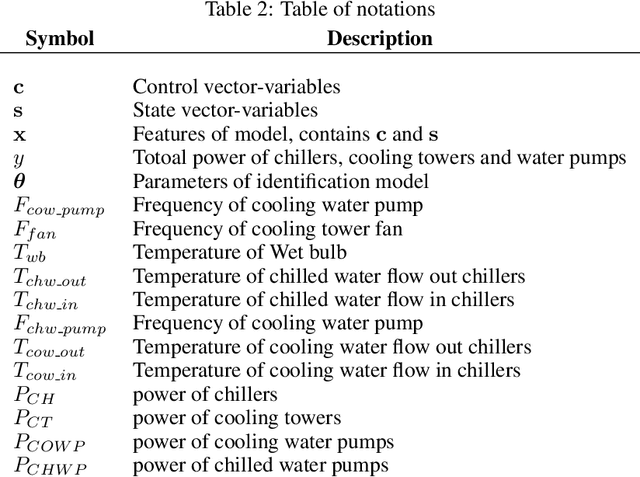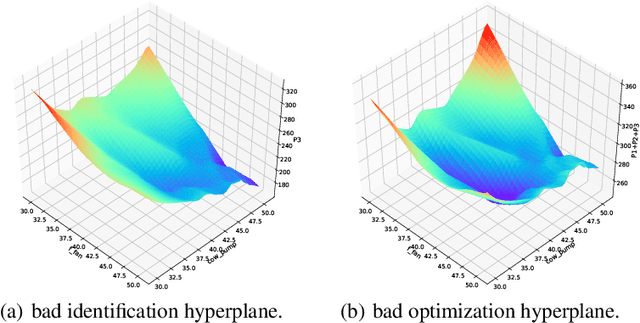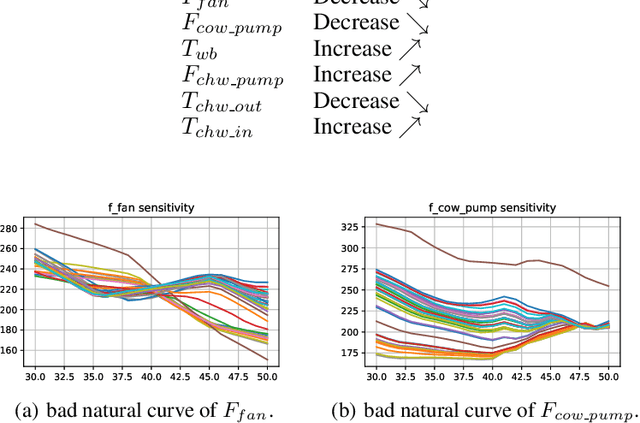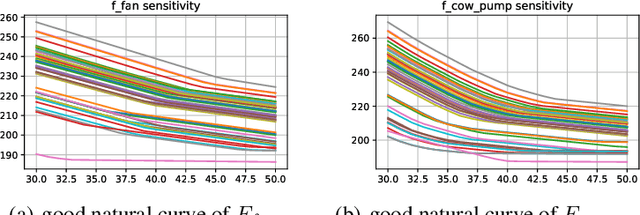Shuxin Qin
Monotonic Neural Network: combining Deep Learning with Domain Knowledge for Chiller Plants Energy Optimization
Jun 11, 2021



Abstract:In this paper, we are interested in building a domain knowledge based deep learning framework to solve the chiller plants energy optimization problems. Compared to the hotspot applications of deep learning (e.g. image classification and NLP), it is difficult to collect enormous data for deep network training in real-world physical systems. Most existing methods reduce the complex systems into linear model to facilitate the training on small samples. To tackle the small sample size problem, this paper considers domain knowledge in the structure and loss design of deep network to build a nonlinear model with lower redundancy function space. Specifically, the energy consumption estimation of most chillers can be physically viewed as an input-output monotonic problem. Thus, we can design a Neural Network with monotonic constraints to mimic the physical behavior of the system. We verify the proposed method in a cooling system of a data center, experimental results show the superiority of our framework in energy optimization compared to the existing ones.
Towards End-to-end Car License Plate Location and Recognition in Unconstrained Scenarios
Aug 25, 2020



Abstract:Benefiting from the rapid development of convolutional neural networks, the performance of car license plate detection and recognition has been largely improved. Nonetheless, challenges still exist especially for real-world applications. In this paper, we present an efficient and accurate framework to solve the license plate detection and recognition tasks simultaneously. It is a lightweight and unified deep neural network, that can be optimized end-to-end and work in real-time. Specifically, for unconstrained scenarios, an anchor-free method is adopted to efficiently detect the bounding box and four corners of a license plate, which are used to extract and rectify the target region features. Then, a novel convolutional neural network branch is designed to further extract features of characters without segmentation. Finally, recognition task is treated as sequence labelling problems, which are solved by Connectionist Temporal Classification (CTC) directly. Several public datasets including images collected from different scenarios under various conditions are chosen for evaluation. A large number of experiments indicate that the proposed method significantly outperforms the previous state-of-the-art methods in both speed and precision.
 Add to Chrome
Add to Chrome Add to Firefox
Add to Firefox Add to Edge
Add to Edge